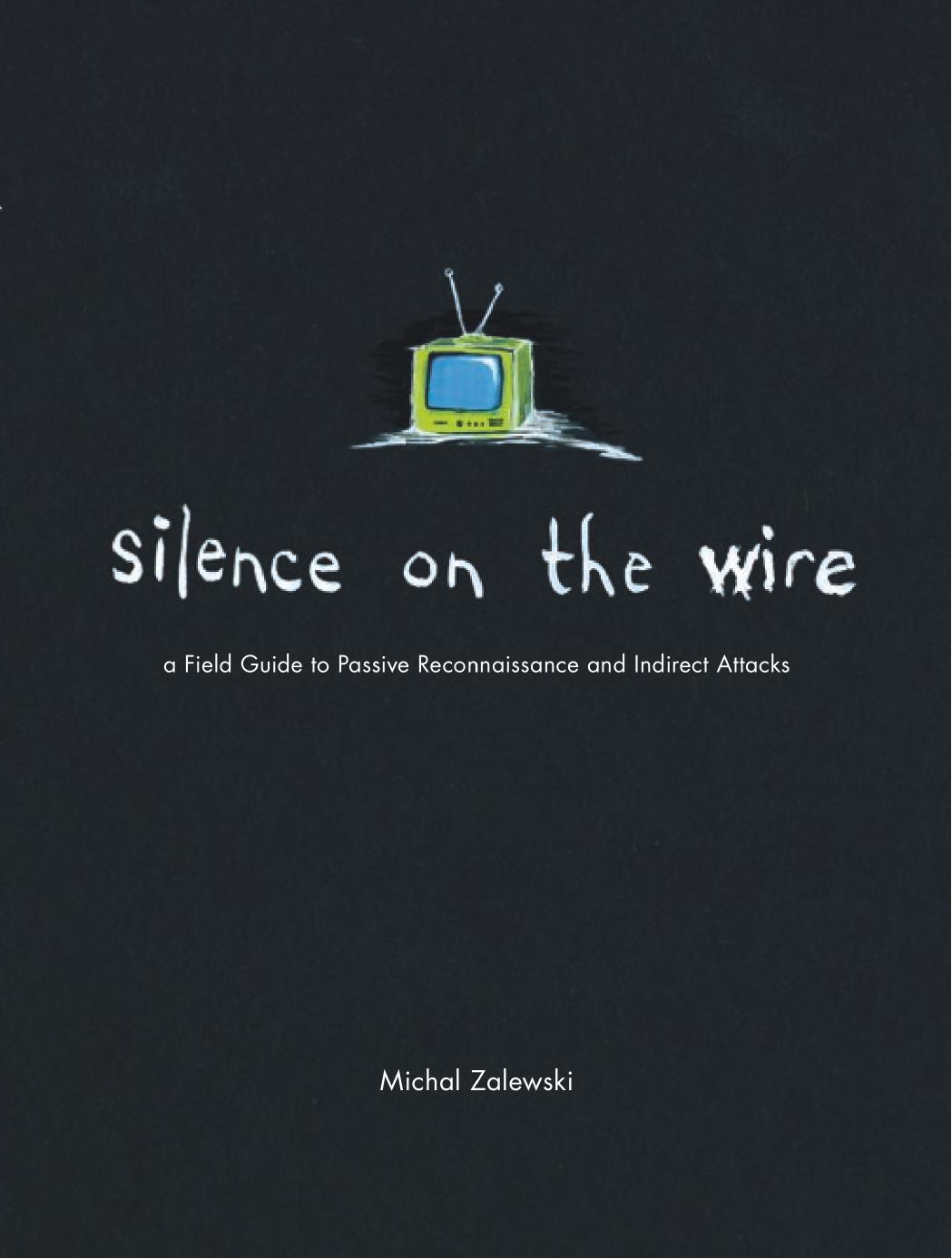Silence on the Wire 1st edition by Michal Zalewski ISBN 1593270461 9781593270469
$70.00 Original price was: $70.00.$35.00Current price is: $35.00.
Instant download Silence on the Wire 1593270461 after payment
Silence on the Wire 1st edition by Michal Zalewski – Ebook PDF Instant Download/Delivery: 1593270461, 9781593270469
Full download Silence on the Wire 1st edition after payment

Product details:
ISBN 10: 1593270461
ISBN 13: 9781593270469
Author: Michal Zalewski
Author Michal Zalewski has long been known and respected in the hacking and security communities for his intelligence, curiosity and creativity, and this book is truly unlike anything else out there. In Silence on the Wire: A Field Guide to Passive Reconnaissance and Indirect Attacks, Zalewski shares his expertise and experience to explain how computers and networks work, how information is processed and delivered, and what security threats lurk in the shadows. No humdrum technical white paper or how-to manual for protecting one’s network, this book is a fascinating narrative that explores a variety of unique, uncommon and often quite elegant security challenges that defy classification and eschew the traditional attacker-victim model.
Silence on the Wire 1st Table of contents:
I. The Source
-
Randomness and Security: Discusses the importance of randomness in security, such as in cryptography, and potential weaknesses in random number generation.
-
The Evolution of Computers: Examines the history of computing, including logic gates, Turing machines, and the eventual development of programmable computers.
-
The Hydra’s Heads: Likely focuses on various attacks and exploits (e.g., TEMPEST and side-channel attacks).
II. Safe Harbor
-
Transmission and Data Security: Looks at the art of transmitting data securely (email, modems, etc.), and how to prevent accidental data leaks or disclosures (blinkenlights).
-
Network Security: Covers concepts such as address resolution, virtual networks, and traffic management, as well as defending against network-based attacks.
-
Privacy and Personal Data: Discusses Wi-Fi vulnerabilities and issues surrounding personal data exposure, emphasizing practical security concerns.
III. Out in the Wild
-
Internet Protocols and Fingerprinting: Focuses on internet communication protocols (IP, UDP, TCP), passive fingerprinting, and identifying system configurations based on packet characteristics.
-
Active and Passive Attacks: Delves into various strategies for identifying or attacking systems via network traffic and how passive analysis can be used to gather information on systems.
IV. The Big Picture
-
Parasitic Computing: Discusses the concept of parasitic computing, where resources (like CPU or storage) are slowly drained without the user’s knowledge.
-
Network Topology and Triangulation: Explores the concept of using network data to trace system origins and apply network stress analysis.
-
Traffic Analysis and Malformed Data Detection: Looks at ways of detecting abnormal or misdirected data that could indicate an attack or breach.
People also search for Silence on the Wire 1st:
8 hours of silence interrupted by
0 hours of silence occasionally broken up by
y wire on nest thermostat
y wire splice
silend wire
Tags: Michal Zalewski, the Wire, Silence


